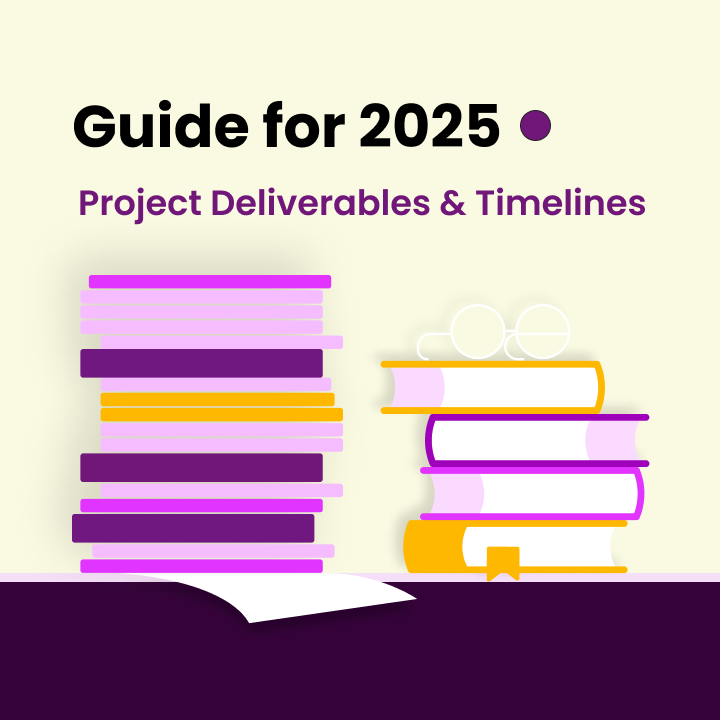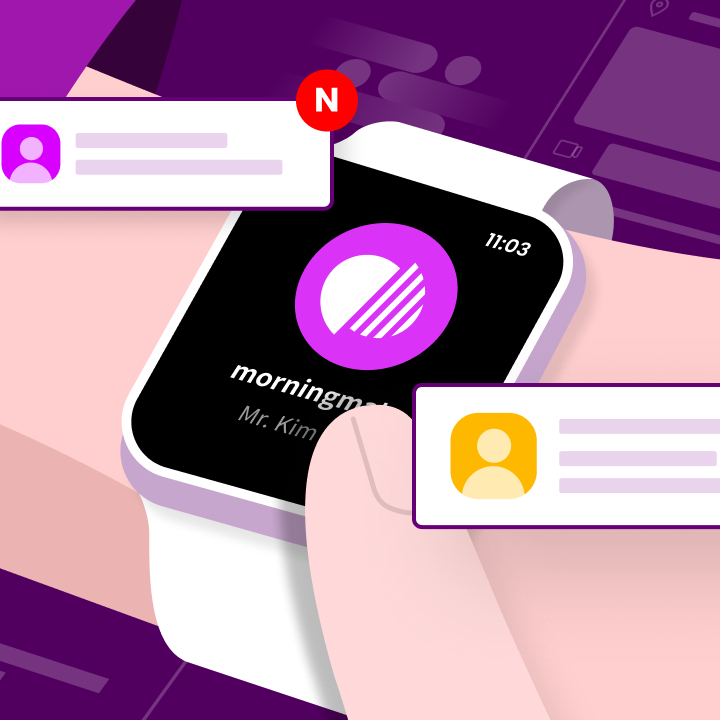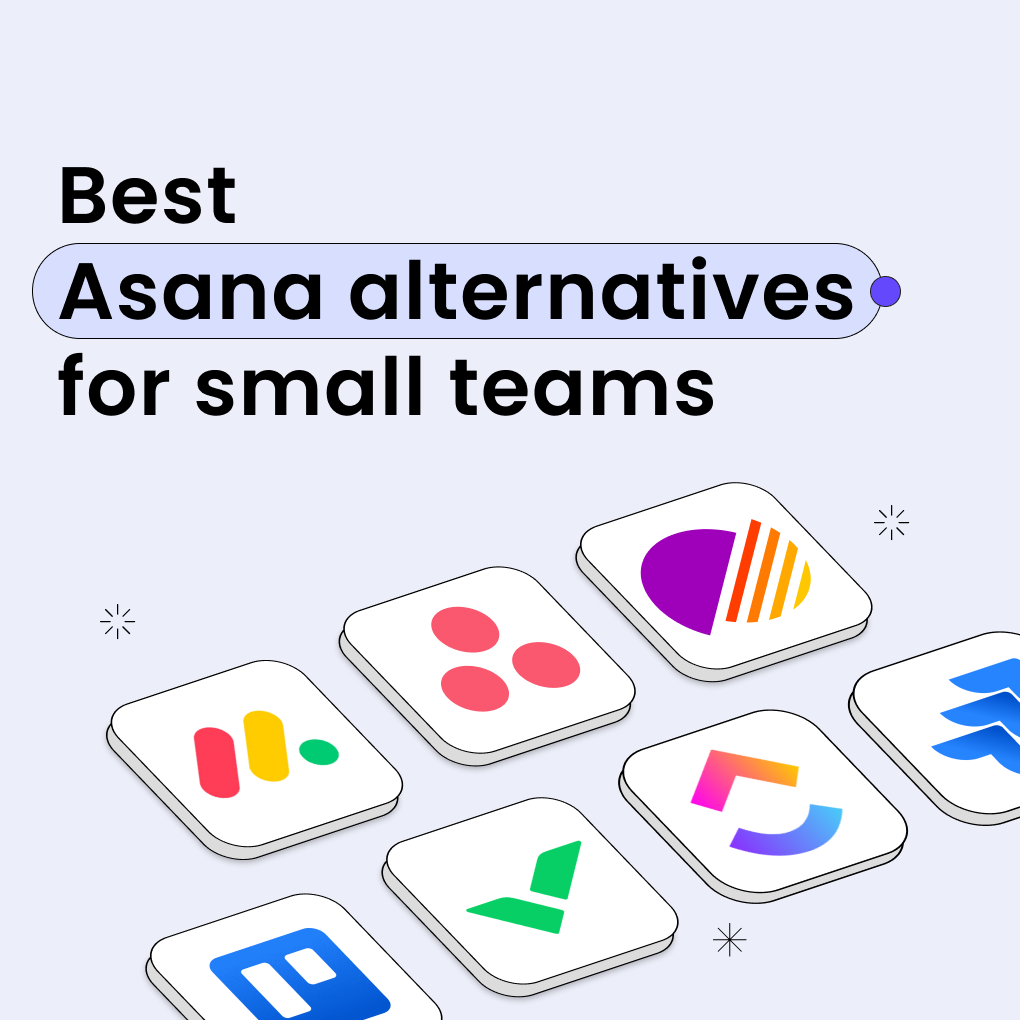Project success relies on two key components: clearly defined deliverables and well-structured timelines. Whether you’re overseeing a software development project, a marketing campaign, or a process improvement initiative, knowing what deliverables are and how to create effective timelines is crucial for meeting your project’s goals on time and within budget.
This guide delves into the concept of project deliverables, offers practical examples from various industries, and shows you how to create project timelines that keep teams aligned and stakeholders informed. From defining deliverables to implementing timeline planning strategies, you’ll learn proven techniques to turn project chaos into structured success.
What Are Project Deliverables?
A project deliverable is any outcome, product, or service—tangible or intangible—that must be produced and delivered to successfully complete a project. These deliverables represent the concrete results that stakeholders expect and serve as measurable proof that project objectives have been met. Deliverables can include software applications, marketing materials, reports, processes, and training programs.
To understand deliverables in project management, recognize their role as the link between planning and execution. Deliverables provide clear targets for project teams, establish accountability, and create checkpoints for evaluating progress. They turn abstract project goals into specific, actionable outcomes that can be scheduled, tracked, and validated.
Deliverables vs. Milestones: Understanding the Difference
Although often confused, deliverables and milestones serve different purposes in project management. Deliverables are the actual outputs or products created during a project, while milestones are significant events or decision points that indicate progress toward completing those deliverables. For instance, a deliverable might be a finished website, while a milestone would be the approval of the website design phase.
This distinction is important because it influences how you structure project timelines and monitor progress. Deliverables require resources, time, and effort to produce, while milestones signify moments of achievement or transition. Understanding this difference helps project managers create more accurate timelines and set realistic expectations with stakeholders.
Internal vs. External Deliverables
Project deliverables can be categorized based on their intended audience. External deliverables are products or services provided directly to clients, customers, or external stakeholders. Examples include final reports, software applications, marketing campaigns, and training materials. These deliverables often determine project success and client satisfaction.
Internal deliverables, on the other hand, support project execution and team coordination but are not delivered to external parties. Examples include project plans, status reports, meeting minutes, risk assessments, and quality assurance documentation. While internal deliverables may not generate direct customer value, they are essential for maintaining project control and ensuring that external deliverables meet quality standards.
Tangible vs. Intangible Deliverables
Tangible deliverables are physical or digital products that you can see, touch, or interact with directly. These include software applications, printed materials, hardware installations, buildings, or manufactured products. Tangible deliverables are often easier to define, measure, and validate because their completion criteria are typically more objective.
Intangible deliverables, however, represent services, processes, knowledge, or capabilities that lack physical form. Examples include training programs, consulting advice, process improvements, strategic plans, or organizational change initiatives. While they can be more challenging to define and measure, intangible deliverables often create significant long-term value for organizations.
Process vs. Product Deliverables
Process deliverables focus on how work is accomplished rather than what is produced. These may include new workflows, quality assurance procedures, governance frameworks, or operational guidelines. Process deliverables often arise from projects aimed at optimizing organizational efficiency rather than creating new products.
Product deliverables, in contrast, are the end results or outputs that stakeholders will use or consume. These can range from software applications and marketing materials to research reports and training curricula. Product deliverables typically attract more stakeholder attention because they directly impact business operations or customer experience.
How to Identify Project Deliverables
Start with Project Scope and Objectives
Identifying project deliverables begins with a clear understanding of the project scope and objectives. Review the project charter, statement of work, or initial requirements to extract specific outcomes that stakeholders expect. Ask yourself: What must this project produce for stakeholders to consider it successful? What tangible and intangible results will demonstrate that objectives have been achieved?
Effective identification of deliverables requires moving beyond high-level goals to specific, measurable outcomes. Instead of stating “improve customer satisfaction,” identify deliverables like “customer service training program,” “updated complaint resolution process,” and “quarterly satisfaction survey system.” This specificity helps teams understand exactly what they need to produce and how success will be measured.
Use a Work Breakdown Structure (WBS)
A Work Breakdown Structure (WBS) offers a systematic approach to identifying all project deliverables by breaking the project into smaller, manageable components. Start with major project phases or functional areas, then break each area down into specific deliverables and supporting tasks. This hierarchical approach ensures that no critical deliverables are overlooked while maintaining clear relationships between different project elements.
The WBS helps differentiate between deliverables and activities, ensuring your project plan focuses on outcomes rather than just tasks. For each branch of the WBS, ask: What specific deliverable results from this work? How will we know this deliverable is complete? What criteria must be met for stakeholder acceptance?
Collaborate with Stakeholders
Engaging stakeholders is essential for identifying all relevant deliverables, especially those that may not be obvious from initial project documentation. Conduct workshops, interviews, or surveys with key stakeholders to understand their expectations, concerns, and success criteria. Different stakeholder groups often have varying perspectives on what constitutes essential project deliverables.
Document stakeholder feedback systematically, noting any conflicts or competing priorities that might affect deliverable definitions. Use techniques like stakeholder mapping to ensure you’ve captured input from all relevant parties, including end users, sponsors, technical teams, and support organizations that will be impacted by project outcomes.
Link Deliverables to KPIs and Success Metrics
Every project deliverable should connect to specific Key Performance Indicators (KPIs) or success metrics that demonstrate value creation. This connection helps validate that identified deliverables are truly necessary and provides objective criteria for evaluating completion. Ask: How will this deliverable contribute to project success? What metrics will demonstrate its effectiveness?
Examples of Project Deliverables
Marketing Deliverables
Marketing projects yield a variety of deliverables across both digital and traditional channels. Common examples include brand identity packages featuring logos, style guides, and messaging frameworks; digital marketing assets such as website content, social media campaigns, and email templates; and traditional materials like brochures, presentations, and advertising copy.
Product Development Deliverables
Product development projects produce deliverables at various stages, from initial concept to market launch. Early deliverables may include market research reports, user requirements documents, technical specifications, and prototype designs. These foundational items guide later development decisions and ensure that stakeholder expectations align with technical capabilities.
Professional Services Deliverables
Professional services projects focus on knowledge transfer and skill development through deliverables like consulting reports, strategic recommendations, process documentation, and training programs. These projects often generate immediate deliverables that tackle current challenges, as well as long-term outputs that enhance organizational capacity for ongoing improvement.
Capstone Project Deliverable Examples
Academic and professional capstone projects showcase the application of skills through significant deliverables that integrate learning from various disciplines. For instance, process improvement deliverables in capstone projects may include organizational assessment reports, redesigned workflow documentation, implementation guides, and measurement systems that demonstrate measurable gains in efficiency or effectiveness.
Real-World Project Deliverables Sample
Construction projects illustrate complex deliverable structures that span planning, execution, and closeout phases. Initial deliverables include site surveys, architectural drawings, engineering specifications, and permit applications. During the construction phase, deliverables consist of progress reports, quality inspections, safety documentation, and change order management. Final deliverables include inspections, warranty documentation, operations manuals, and facility handover procedures.
Best Practices for Managing Deliverables
Break Deliverables Into Subtasks
Large deliverables can overwhelm teams and hinder progress tracking. Breaking them into manageable subtasks is essential for effective project management. Divide each deliverable into specific activities that can be completed within one to two weeks. This strategy enhances estimation accuracy, improves resource allocation, and provides more frequent progress updates.
Assign Owners and Responsibilities
Clear ownership fosters accountability and prevents deliverables from slipping through the cracks. Designate a primary owner for each deliverable who is responsible for planning, coordination, quality, and timely completion. While the owner may not perform all tasks, they serve as the main point of contact for status updates, issue resolution, and stakeholder communication.
Set Measurable Goals and Deadlines
Effective management of deliverables requires specific, measurable criteria for completion to eliminate ambiguity. Define acceptance criteria using clear, observable terms that stakeholders can objectively validate. Avoid vague phrases like “user-friendly” or “comprehensive” in favor of specific metrics, such as “page load times under two seconds” or “covers all documented requirements.”
Track Changes and Communicate Regularly
Deliverable requirements often change as projects progress and stakeholders gain a better understanding of needs and constraints. Implement change management processes to capture modifications, assess their impact on scope, schedule, and budget, and secure necessary approvals before implementation. Document all changes to maintain clear audit trails and prevent scope creep.
Understanding Project Timelines
What Is a Project Timeline?
A project timeline visually represents project activities, deliverables, and milestones in chronological order, showing when work will be performed and completed. Timelines serve multiple purposes: they communicate project scope and schedule to stakeholders, help teams understand task sequences and dependencies, and provide frameworks for tracking progress and identifying potential delays.
Effective project timelines balance detail with clarity, offering enough information for teams to grasp their responsibilities while remaining accessible to stakeholders who need a high-level overview. The project management timeline becomes a central reference document that guides daily activities and facilitates coordination among team members and functional areas.
High-Level Timeline vs. Task Timeline
A high-level timeline focuses on major project phases, key deliverables, and critical milestones without detailing individual tasks. These timelines are ideal for executive reporting, stakeholder communication, and overall project tracking. High-level timelines typically span weeks or months and emphasize outcomes rather than activities.
Task timelines break down specific activities needed to complete deliverables, often displaying daily or weekly work schedules. These detailed timelines help team members understand their immediate responsibilities, identify task dependencies, and coordinate with colleagues. Project managers use task timelines for operational planning while relying on high-level timelines for strategic communication.
Planning Timeline vs. Implementation Timeline
The planning timeline includes all activities necessary to prepare for project execution, such as requirements gathering, design work, resource procurement, and team formation. Although planning timelines often receive less attention than implementation schedules, inadequate planning can lead to project delays and quality issues.
Implementation timelines focus on executing planned activities to produce project deliverables. These timelines typically attract the most stakeholder attention because they directly affect delivery dates and project success. However, the effectiveness of implementation timelines heavily relies on thorough execution of the planning timeline, which establishes a solid foundation for successful project delivery.
Gantt Chart and Kanban Timeline Types
Gantt charts are the most traditional project timeline format, displaying tasks as horizontal bars along a time axis. They excel at illustrating task dependencies, resource assignments, and progress status while providing clear visual representations of overall project schedules. Gantt charts work particularly well for projects with sequential activities and predictable timelines.
Kanban timelines emphasize workflow rather than specific dates, using columns to represent different work stages and cards for individual tasks or deliverables. This approach is effective for projects with variable task durations or iterative processes where traditional scheduling may be less suitable. Some teams combine both methods, using Gantt charts for overall project planning and Kanban boards for daily task management.
How to Create a Project Timeline
Step-by-Step Timeline Planning Process
Creating effective project timelines starts with comprehensive task identification using Work Breakdown Structure techniques. List all activities required to produce project deliverables, then estimate duration for each task based on historical data, team capabilities, and complexity factors. Consider both optimistic and pessimistic scenarios to develop realistic timeframes that account for potential challenges.
Next, identify dependencies between tasks to determine sequencing requirements. Some activities must be completed before others can begin, while some tasks can be performed simultaneously. Map these relationships to create logical work flows that maximize efficiency while respecting constraint requirements. Use network diagramming techniques to visualize complex dependency structures.
Assign resources to tasks while considering team member availability, skill requirements, and workload balancing needs. Avoid overloading individuals or teams with unrealistic workloads that compromise quality or create burnout risks. Consider resource leveling techniques that smooth workload distribution across project duration.
Finally, add milestones to mark significant achievements, decision points, or deliverable completions that stakeholders need to track. Milestones provide natural checkpoints for progress assessment and help maintain momentum throughout project execution.
Tools to Build and Visualize Project Timelines
Modern project management offers numerous tools for creating and maintaining project timelines, ranging from simple spreadsheet applications to sophisticated project management platforms. Basic tools like Microsoft Excel or Google Sheets work well for small projects with limited complexity, allowing teams to create Gantt charts and track progress without significant software investments.
Dedicated project management tools like Morningmate, Microsoft Project, Smartsheet, or Monday.com provide advanced features including automated scheduling, resource management, dependency tracking, and real-time collaboration capabilities. These tools often integrate with other business systems, enabling seamless data flow between project planning and execution activities.
Web-based project management platforms have gained popularity due to their accessibility, collaboration features, and integration capabilities. Tools like Asana, Trello, and Notion offer timeline visualization options while supporting various project management methodologies and team collaboration preferences.
Examples of Project Management Timelines
Software development project timeline examples typically include phases like requirements analysis, system design, development, testing, and deployment. Each phase contains specific deliverables and activities with estimated durations and dependencies. For example, a mobile app development timeline might allocate two weeks for user interface design, four weeks for backend development, two weeks for integration testing, and one week for app store submission processes.
Marketing campaign timelines often span several months and include activities like market research, creative development, media planning, content creation, campaign launch, and performance analysis. A product launch campaign timeline might begin six months before launch with market research and competitive analysis, followed by creative development, media planning, content creation, and campaign execution phases.
Construction project timelines demonstrate complex dependency management with activities like site preparation, foundation work, framing, electrical and plumbing installation, and finishing work. Each phase depends on previous work completion while requiring coordination between multiple specialized contractors and regulatory inspections.
Tools to Support Deliverables and Timelines
Why Project Management Tools Matter
Project management tools provide essential infrastructure for tracking deliverables and timelines effectively, especially as project complexity and team size increase. These tools centralize project information, automate routine tasks, and provide real-time visibility into project status for all stakeholders. Without proper tools, project managers spend excessive time on administrative tasks rather than focusing on strategic project leadership.
Modern project management tools also facilitate collaboration by providing shared workspaces where team members can access current project information, update task status, and communicate about project issues. This shared visibility reduces miscommunication and ensures everyone works with the same information, regardless of location or time zone differences.
Morningmate: A Lightweight Way to Track Deliverables and Timelines
Morningmate helps teams map deliverables to tasks, monitor timelines with visual calendars, and collaborate seamlessly. It’s especially effective for teams seeking a simple yet scalable way to manage deliverables without the bulk of traditional PM tools. The platform provides intuitive interfaces that reduce learning curves while offering sufficient functionality for most project management needs.
The tool’s strength lies in its balance between simplicity and capability, allowing teams to start quickly without extensive setup while providing growth paths for more sophisticated project management needs. Teams can track deliverable progress, manage timelines, and coordinate activities without the complexity that often characterizes enterprise project management platforms.
Final Thoughts on Deliverables and Timelines
Project success fundamentally depends on clearly defined deliverables and realistic timelines that guide team efforts toward specific, measurable outcomes. Understanding what constitutes project deliverables, how to identify them systematically, and how to create timelines that support their completion provides the foundation for effective project management across any industry or project type.
The key lies in treating deliverables and timelines as interconnected elements that must be planned and managed together rather than as separate project components. When teams understand what they need to produce and when it needs to be completed, they can focus their efforts more effectively and achieve better results with less stress and confusion.
Ready to streamline your project deliverables and timelines? Start by clearly defining what success looks like for your next project, then build realistic timelines that account for dependencies, resources, and potential challenges. Your stakeholders and team members will appreciate the clarity and direction that well-planned deliverables and timelines provide.
Kick this off with a free trial of Morningmate to manage timelines, dependencies, and deliverables in one place—and give your team the clarity they need.




